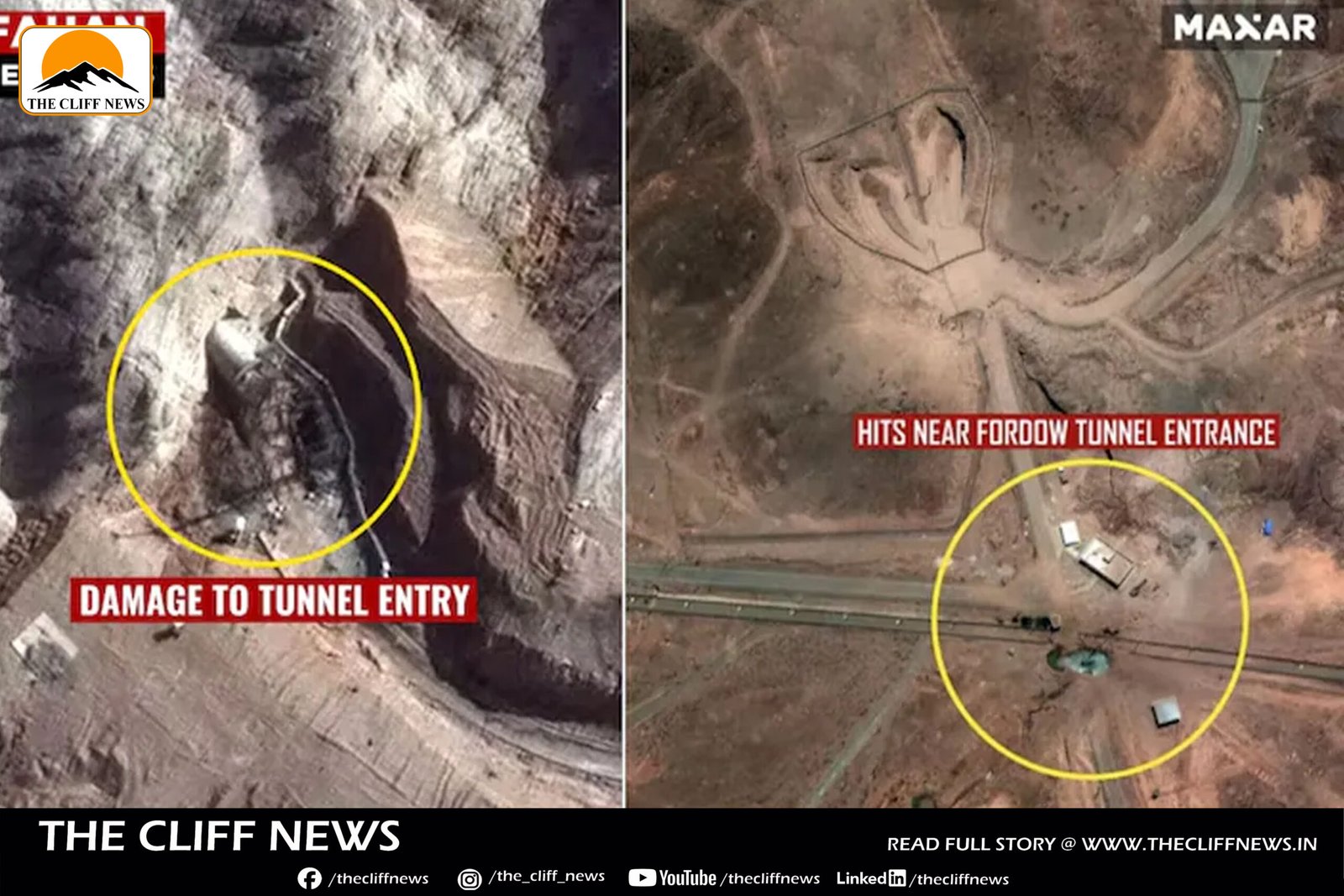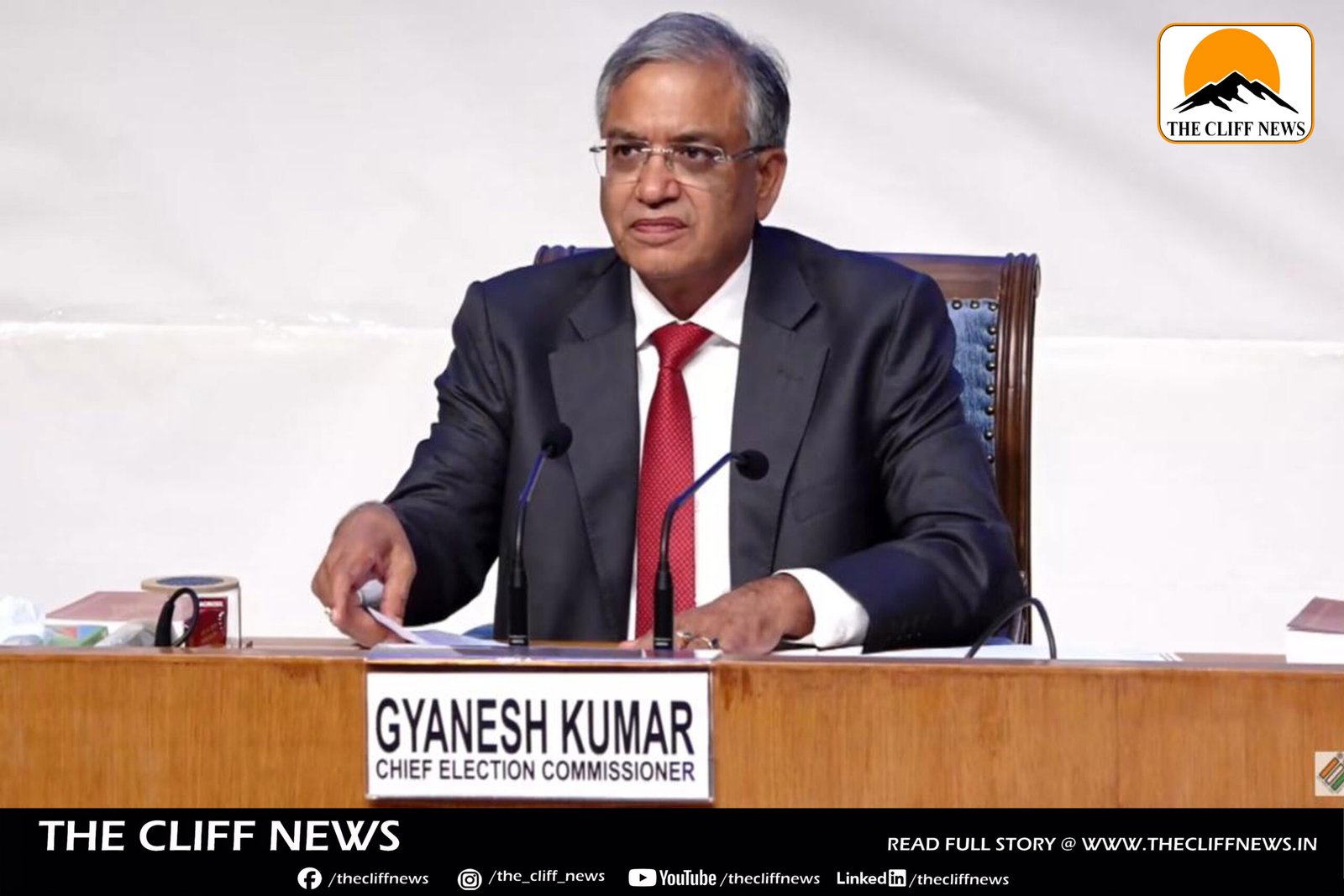CIA Director John Ratcliffe on Wednesday confirmed that recent U.S. airstrikes on Iran’s nuclear infrastructure inflicted severe and long-lasting damage, contradicting earlier reports that downplayed the impact. In an official statement, Ratcliffe revealed that newly obtained, credible intelligence indicates several of Iran’s key nuclear facilities were completely destroyed and would require years to rebuild.
“The CIA has verified through historically reliable sources that Iran’s Nuclear Program has suffered extensive destruction due to targeted strikes. Key facilities have been rendered inoperable and cannot be restored in the short term,” Ratcliffe stated. He added that the agency is continuing to collect intelligence and will keep both U.S. leadership and the public informed, citing the national significance of the matter.
President Donald Trump, speaking at the NATO summit in the Netherlands, echoed the CIA’s assessment and dismissed prior U.S. intelligence briefings that suggested limited damage. “This was a devastating attack, and it knocked them for a loop,” he told reporters, asserting that the nuclear sites were “completely and fully obliterated.”
Trump also announced that U.S. Defense Secretary Pete Hegseth would hold a press conference Thursday to present “irrefutable proof” of the strikes’ effectiveness, in a move aimed at quelling criticism and backing American bomber crews frustrated with “Fake News” coverage.
While attending the NATO summit, Trump noted that U.S. allies, including Israel, backed his account. An Israeli government statement supported the claim, noting that Iran’s nuclear capabilities had been set back by many years. Iran’s foreign ministry also acknowledged “significant damage” to its nuclear program, although it stopped short of confirming total destruction.
Secretary of State Marco Rubio added in an interview that the airstrikes had pushed Iran “much further away from a nuclear weapon” than before. However, concerns persist over the fate of approximately 400 kilograms of enriched uranium that could potentially be weaponized. While some international reports suggest Iran may have moved the stockpile ahead of the strike, U.S. officials maintain there’s no solid evidence of this.
“I believe they didn’t have a chance to get anything out,” said Trump. “It’s very hard to move that kind of material, and very dangerous.” White House Press Secretary Karoline Leavitt further claimed that if the uranium wasn’t destroyed, “it is buried under miles and miles of rubble due to the success of the strikes.”
Rafael Grossi, Director General of the International Atomic Energy Agency (IAEA), told French media that the agency had lost monitoring access to Iran’s nuclear material since the onset of hostilities, complicating independent verification efforts.
The Pentagon confirmed that the U.S. used 14 GBU-57 “bunker-buster” bombs, each weighing over 13,600 kg, to strike three major nuclear sites in Iran. One of the targets was the heavily fortified Fordow enrichment facility, buried deep inside a mountain. A joint statement by the White House and Israeli Prime Minister Benjamin Netanyahu’s office declared the facility “inoperable.”
The Israel Atomic Energy Commission echoed this, stating that the operation had significantly delayed Iran’s nuclear weapons program. Iranian Foreign Ministry spokesperson Esmail Baghaei told Al Jazeera, “Our nuclear installations have been badly damaged, that’s for sure.”



